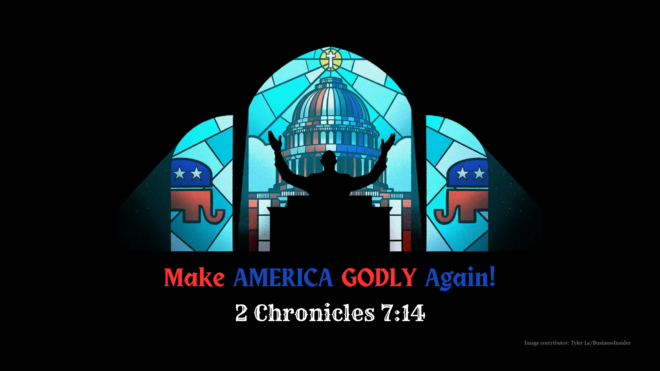Michael Brendan Dougherty says that the Fed has, under Bernanke, pursued an expansionist philosophy of letting asset prices rise and never trying to limit or deflate “bubbles.” This is a different one than it followed in the Paul Volcker era, when it allowed interest rates to spike in 1981 to stop the Great Inflation of the 70s. What strikes me as odd is that Bernanke”s generation, and mine, have no personal memory of the Great Depression, but we do have a memory of the Great Inflation of the 70s. I remember Nixon imposing price and wage controls in 1971 and within two years there was a shortage of a lot of items like toilet paper. (And some of this was before the “oil shock” of “73-74.) I remember the cover price of the major news magazines, Time and Newsweek (yes, in those days, they were still news magazines rather than cultural commentary) going from 25 cents to $2 in the space of a year. And in “76-77 came the first housing bubble. This was inspired by the fact that housing lenders, after 1974, had to honor the wife”s income alongside the husband”s, so two income people began to outbid one-income people for housing stock precisely at the moment my rather large generation was starting to get interested in buying houses anyway! The Great Inflation had a number of cultural consequences.
1. It penalized thrift, at least if you kept your money in dollars, bank accounts, or bonds. The money would buy a lot less later. So my contemporaries got in the habit of buying things on credit to the greatest degree possible. And companies tried not to have idle cash sitting around. Yes, my generation the Boomers was already sort of self-indulgent, but this did not help.
2. It started to get a broader variety of people interested in investment portfolios. If money is going to shrink in value, you have to make sure your portfolio is going to grow faster than the money shrinks just to keep up. This may be the time that people began to be more and more concerned with “maximizing returns” and “maximizing shareholder returns.” That mentality carried over into the 80s, and it began to be said (wrongly) that “maximizing shareholder return” was the sole or principal calling of a corporation. (Providing shareholder returns is certainly one of the callings of a corporation, but how about providing good widgets or good service to the society and creating jobs and livelihood?)
3. It spurred the hard-money survivalist movement, which arose on the fear that, if the money shrinks to nothing, what happens when the electricity and gas go off and trucks stop delivering food to the supermarkets? (BTW an earthquake could accomplish this, though for a short time; and Katrina did. Extreme fragility of supply of necessities is an issue.) Many non-Mormons began to follow or look very seriously at the Mormon tradition of keeping a year of stored food (not requiring refrigeration) in their garages. (Earthquake safety people recommend at least two weeks worth.) Some “post-tribulational” evangelicals began to talk of how it might be to arrange one”s life so as never to have to buy or sell, for which one might in the future require the Mark of the Beast on one”s forehead. (With all these passwords and security information, I”ve concluded that they were wrong; the Mark of the Beast will not be on our foreheads, but under them.) The hard money survivalist movement had more to do with the return of the Right to the scene in the late 70s and early 80s than is now remembered. And, in some ways, the Tea Party is their successor, though not precisely; the Tea Party does not worry much about fragility, and it doesn”t worry all that much about middle class entitlements like Medicare and Social Security either!
In short, without the Great Inflation, the Era of Reagan, Clinton, and the Bushes would have been quite different.
In response to: “Fed 2.0” by Michael Brendan Dougherty at The American Conservative



